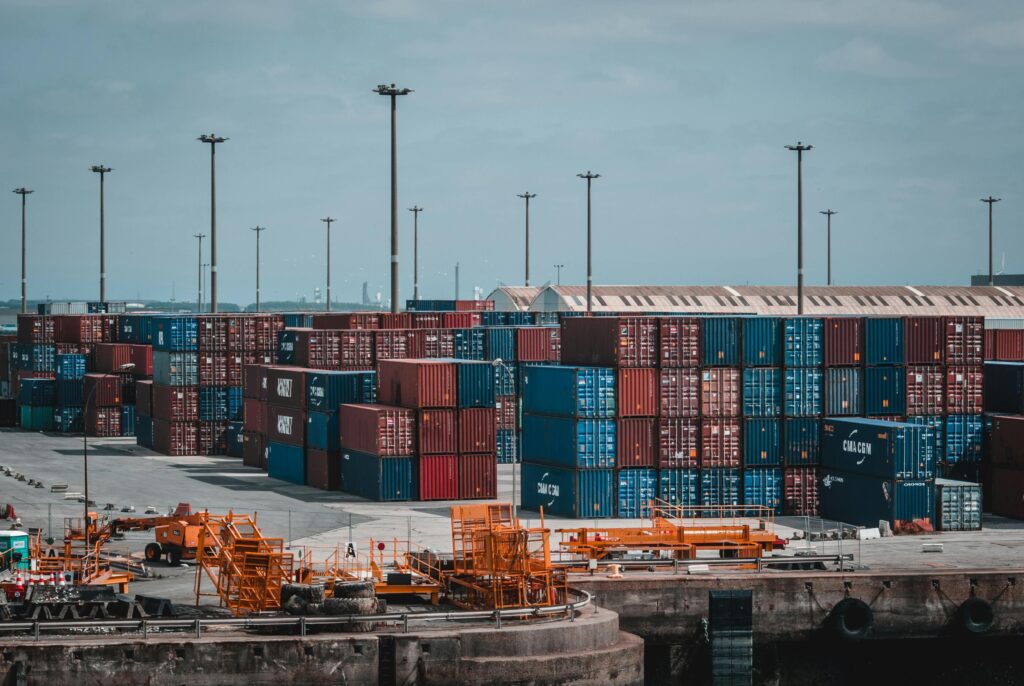The Impact of Global Supply Chain Shifts on Exporters

If you’re in the export business, you’ve likely felt the tremors of change in the global supply chain over the past few years. Containers are harder to book, freight costs fluctuate like stock prices, and buyer preferences seem to change overnight.
The truth is—global trade is no longer about moving goods from Point A to Point B. It’s about agility, foresight, and strategic decision-making in a world where the supply chain is constantly evolving.
Let’s dive into what’s changing, why it matters, and how exporters can turn uncertainty into opportunity—with some real-world data to guide the way.
Why the Supply Chain is Shifting
Over the last five years, exporters have faced a series of disruptions that have reshaped the way goods move around the world.
- Geopolitical Tensions
- 85% impact score in recent exporter surveys.
- Trade wars, sanctions, and shifting trade agreements have rerouted shipping lanes and supplier networks.
- Example: The US-China tariff changes forced many exporters to diversify sourcing to countries like Vietnam, India, and Mexico.
- Post-Pandemic Recovery
- Still 75% impactful on supply chain operations.
- Backlogs at ports, shortage of shipping containers, and uneven manufacturing recovery have created longer lead times.
- Technology & Automation
- 60% impact score—and rising.
- AI-driven demand forecasting and blockchain-based tracking are helping exporters improve efficiency, but adoption is uneven.
- Sustainability Demands
- 50% impact score today, expected to double in the next 3 years.
- Buyers are prioritizing low-carbon shipping, recyclable packaging, and ethical sourcing.
What This Means for Exporters
These supply chain shifts are not abstract trends—they’re directly shaping your daily business reality.
Challenge | % of Exporters Affected | Business Impact |
Longer Lead Times | 78% | Need better inventory forecasting & order scheduling |
Higher Costs | 82% | Reduced profit margins, need for price renegotiations |
Shifting Buyer Preferences | 65% | Stronger demand for local sourcing & niche imports |
Need for Flexibility | 70% | Faster pivoting between suppliers & logistics partners |
The Hidden Opportunity in Disruption
It’s not all bad news—supply chain shifts have also opened up new avenues for growth.
- Diversifying Suppliers
- 65% growth potential for exporters who reduce reliance on a single country or supplier.
- Example: An Indian spice exporter secured contracts in Europe by sourcing part of its raw materials from Sri Lanka to ensure supply consistency.
- Digital Tools Adoption
- 80% growth potential for exporters who use tech for shipment tracking, compliance, and buyer outreach.
- Tools like ERP systems, real-time tracking dashboards, and LinkedIn B2B outreach are becoming game changers.
- Exploring Emerging Markets
- 55% growth potential—markets like Africa, Southeast Asia, and Eastern Europe are demanding products once dominated by Western imports.
- Stronger Partnerships
- 70% growth potential for exporters who secure priority slots with logistics partners during peak seasons.
How Exporters Can Prepare for the Future
- Forecast Smarter – Use AI and historical trade data to predict demand and avoid overstocking or stockouts.
- Negotiate Better – Build flexibility into contracts so you can adjust terms during supply chain volatility.
- Think Green – Meet buyer sustainability expectations to access premium markets.
- Expand Channels – Use online B2B marketplaces, trade fairs, and virtual exhibitions to reach new buyers.
Final Thought
The global supply chain will never go back to “business as usual.” But that’s not necessarily a bad thing. For exporters willing to adapt, diversify, and embrace technology, the current disruption is not a roadblock—it’s a fast lane to growth.
Those who plan for uncertainty will be the ones who win in stability.
